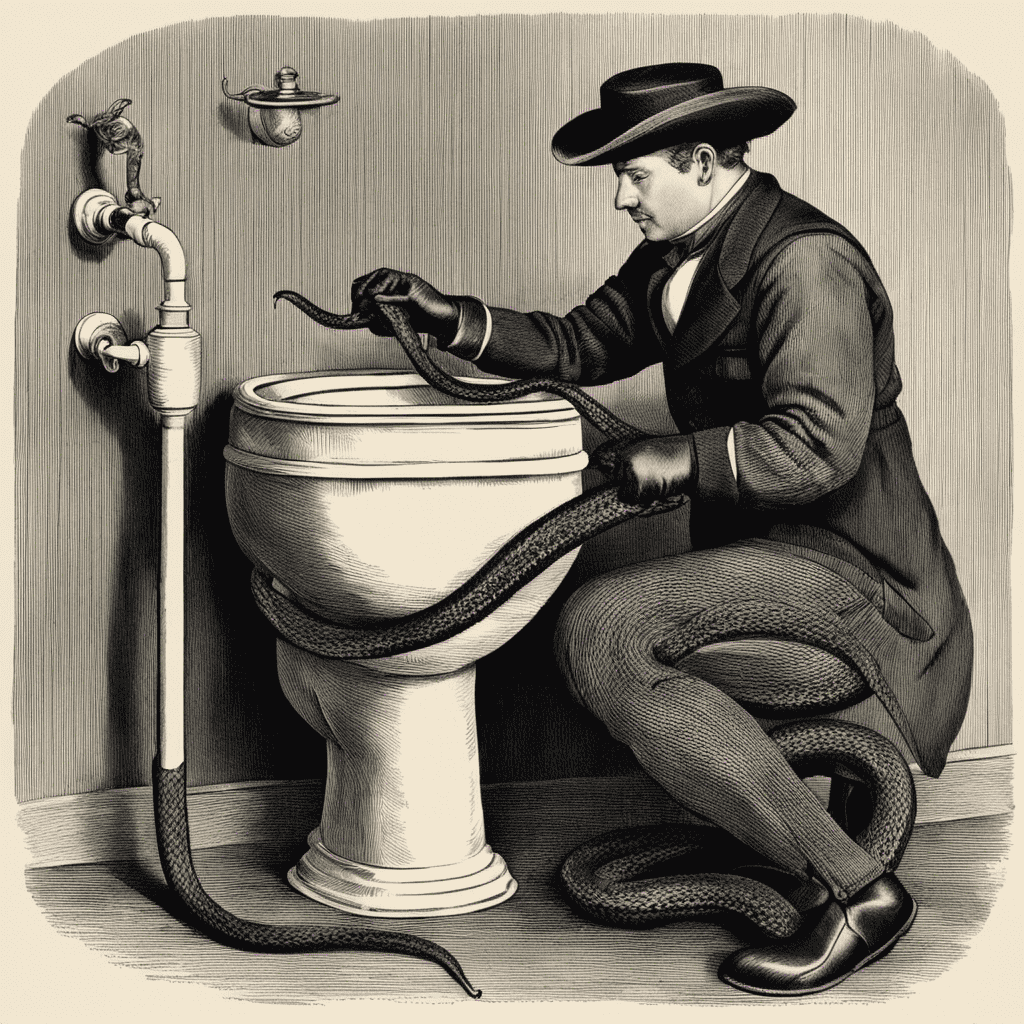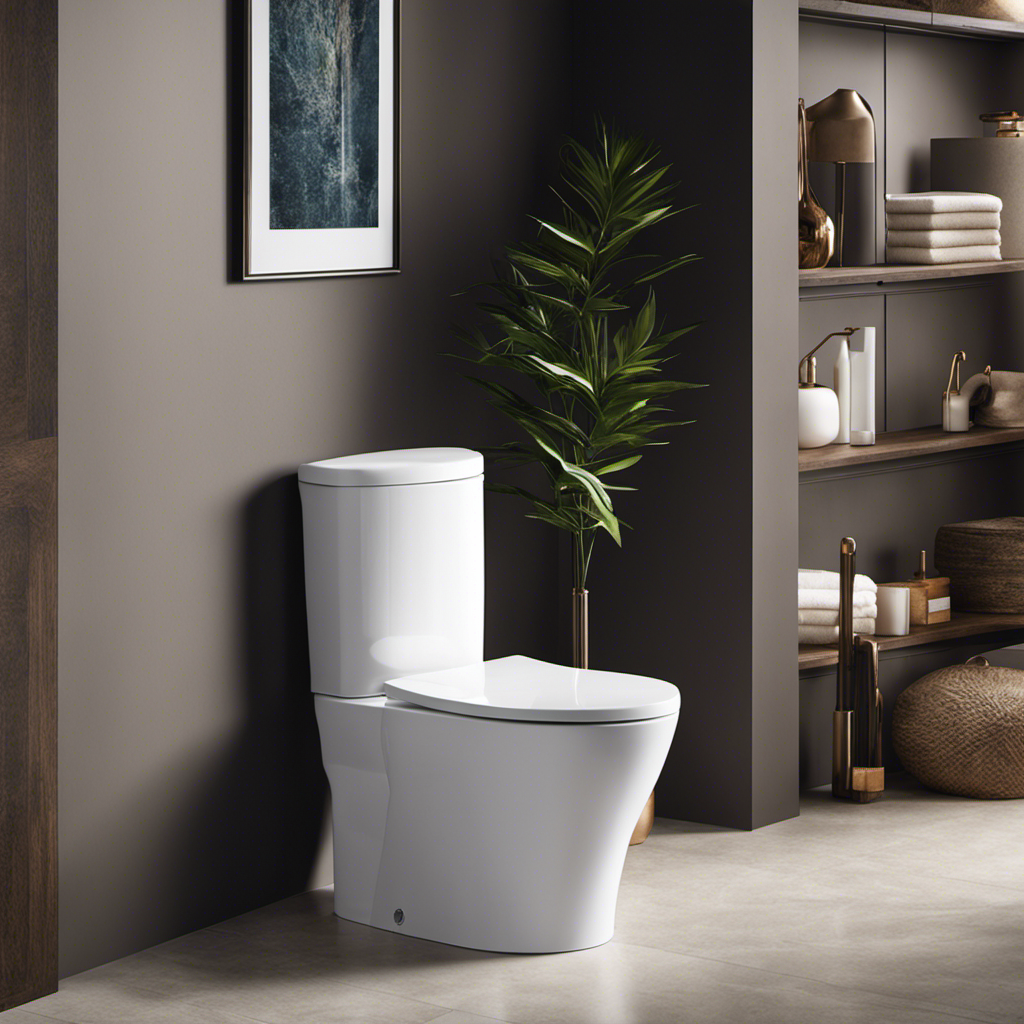Imagine being woken up in the middle of the night by the incessant sound of water dripping from your toilet. Frustrating, isn’t it? Don’t worry, we’ve got you covered.
In this step-by-step guide, we will show you how to fix a leaky toilet valve and put an end to those annoying drips. With just a few tools and some simple instructions, you’ll have your toilet working like new in no time.
So let’s dive in and get your bathroom back to peace and quiet.
Key Takeaways
- Checking the water supply line connection and inspecting the fill valve, flapper valve, and overflow tube are crucial steps in identifying the issue with a leaky toilet valve.
- Having the necessary tools such as an adjustable wrench, screwdriver, replacement parts, and plumbers tape can make the repair process easier.
- Shutting off the water supply by locating the shut-off valve near the toilet’s base, turning it clockwise, and flushing the toilet to drain any remaining water is essential before starting the repair.
- Disassembling the valve, inspecting and repairing its components, and then reassembling and testing the valve is the step-by-step process to fix a leaky toilet valve.
Identifying the Issue
To fix a leaky toilet valve, start by identifying where the leak is coming from. Follow these troubleshooting tips to determine the common causes of the leak.
First, check the water supply line connection to the toilet. Ensure it is properly tightened and not leaking.
Next, inspect the fill valve for any signs of leakage. This valve controls the water flow into the toilet tank. Check for cracks or worn-out parts that may be causing the leak.
Additionally, examine the flapper valve at the bottom of the tank. A faulty or worn-out flapper can result in water leakage.
Lastly, inspect the overflow tube for any water overflow issues.
Gathering the Necessary Tools
You’ll need a few tools to get started on repairing that pesky toilet valve. Here’s a step-by-step guide on gathering the necessary tools for toilet valve maintenance and troubleshooting toilet valve leaks:
- Adjustable wrench: This tool will come in handy for loosening and tightening nuts and bolts.
- Screwdriver: You’ll need a screwdriver to remove any screws that are holding the valve in place.
- Replacement parts: Depending on the issue, you may need to replace the valve’s gaskets, seals, or the entire valve itself.
- Plumbers tape: This tape will help create a watertight seal when reassembling the valve.
Shutting off the Water Supply
First, locate the water shut-off valve near the base of the toilet. This valve controls the water supply to your toilet and needs to be closed before you can start working on replacing the valve or adjusting the water pressure. To help you understand the process better, here is a table showing the step-by-step instructions:
| Step | Actions |
|---|---|
| 1 | Find the shut-off valve near the toilet’s base. |
| 2 | Turn the valve clockwise to shut off the water supply. |
| 3 | Flush the toilet to drain any remaining water in the tank. |
| 4 | Remove the lid of the tank to access the valve assembly. |
| 5 | Proceed to the next section to learn how to disassemble the valve. |
Disassembling the Valve
To successfully disassemble the valve and address any issues, you will need a few necessary tools. These include an adjustable wrench, pliers, and a screwdriver.
Common valve problems that may require disassembly include leaks, clogs, or difficulty turning the valve on or off.
The step-by-step disassembly process involves shutting off the water supply, removing the valve handle, unscrewing the valve stem, and inspecting the valve components for any signs of damage or wear.
Necessary Tools for Disassembly
Grab a pair of pliers to help with the disassembly of the leaky toilet valve. Here are the necessary tools you’ll need for the job:
-
Adjustable wrench: This will come in handy for loosening and tightening the nuts and bolts on the valve.
-
Screwdriver: You’ll need a screwdriver to remove any screws holding the valve in place.
-
Bucket: Before you start disassembling the valve, place a bucket underneath to catch any water that may leak out.
-
Cleaning solution and cloth: Once the valve is disassembled, it’s a good idea to clean all the parts thoroughly to remove any buildup or debris that may be causing the leak.
Common Valve Problems
Now that you have gathered the necessary tools for disassembling your toilet valve, let’s dive into the common valve problems you may encounter. To help you troubleshoot and maintain your toilet valve, here are some solutions and maintenance tips:
| Common Valve Problems | Troubleshooting Solutions | Maintenance Tips |
|---|---|---|
| Leaking | Tighten the packing nut | Replace worn-out washers or O-rings |
| Constant running | Adjust the float level | Clean or replace the flapper |
| Weak flush | Clean the flush holes | Adjust the water level |
| Noisy fill | Check for debris in the valve | Lubricate the valve assembly |
Step-By-Step Disassembly Process
Once you have gathered the necessary tools, let’s dive into the step-by-step disassembly process to fix your leaky toilet valve. Follow these instructions carefully:
-
Shut off the water supply: Locate the water shut-off valve near the base of the toilet and turn it clockwise to stop the flow of water.
-
Remove the lid of the toilet tank: Lift the lid and set it aside in a safe place.
-
Disconnect the water supply line: Use an adjustable wrench to loosen the nut connecting the water supply line to the toilet valve. Once loose, remove the line.
-
Remove the toilet valve: Unscrew the nut securing the valve to the bottom of the tank. Carefully lift the valve assembly out of the tank.
Repairing or Replacing the Faulty Parts
To fix the leaky toilet valve, you’ll need to check if the faulty parts can be repaired or if they need to be replaced. Before you start, make sure to turn off the water supply to the toilet. Once that’s done, you can begin troubleshooting the issue. Here are some repairing techniques and troubleshooting tips to help you along the way:
| Repairing Techniques | Troubleshooting Tips |
|---|---|
| Tighten loose connections | Check for any cracks or damage |
| Replace worn-out washers | Clean the valve and surrounding area |
| Lubricate sticky valves | Inspect the float and adjust if needed |
Reassembling and Testing the Valve
After you have repaired or replaced the faulty parts, it’s time to reassemble and test the valve. Follow these steps to ensure proper reassembly and to test the functionality of the valve:
-
Reassemble the valve components in the reverse order of disassembly, making sure all connections are secure. Use the appropriate tools to tighten any fasteners.
-
Turn on the water supply and check for any leaks around the valve. If you notice any leaks, tighten the connections further or replace any damaged seals.
-
To test the valve’s functionality, flush the toilet and observe the water flow. The valve should open fully when the handle is pushed and close completely when released.
-
If the valve does not function properly, consider adjusting the float or chain length. If the problem persists, refer to troubleshooting tips or consult a professional.
Conclusion
To conclude, by following the step-by-step process outlined in this article, you can successfully fix a leaky toilet valve.
Identifying the issue, gathering the necessary tools, and shutting off the water supply are the first steps.
Then, disassembling the valve, repairing or replacing the faulty parts, and finally reassembling and testing the valve will ensure a properly functioning toilet.
Take control of the situation and investigate the truth of this theory. Create vivid imagery in your mind as you successfully tackle the task at hand.










